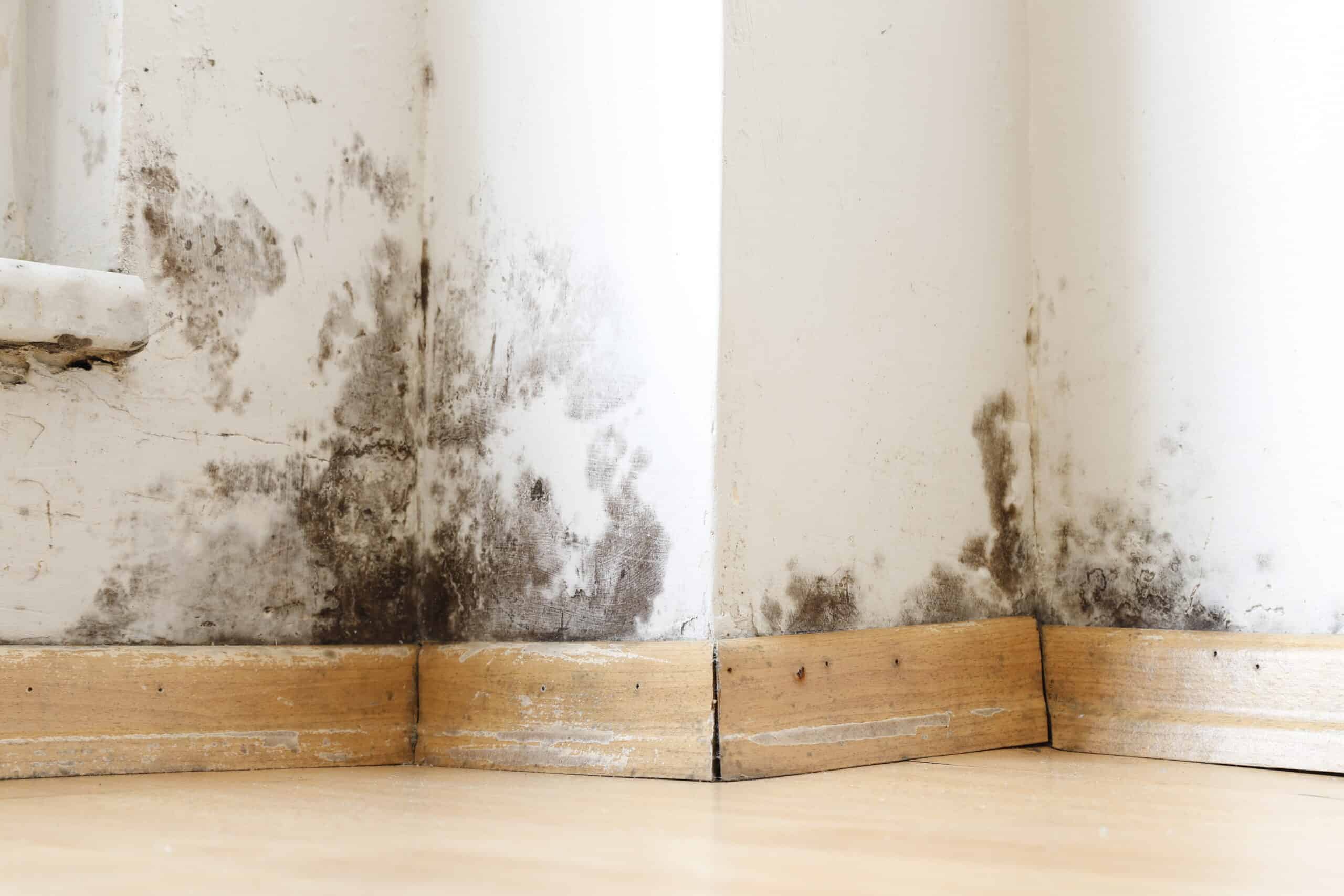Water damage in a home or business can lead to serious structural and health issues, with mold growth being one of the most concerning. If not properly addressed, mold can spread rapidly, affecting air quality and causing respiratory problems. Knowing how to check for mold after water damage is essential to prevent long-term damage and costly repairs. In this guide, we’ll walk you through the steps of mold inspection and explain why professional mold remediation may be necessary.
- Why mold forms after water damage
- Signs of mold growth after water damage
- How to check for mold after water damage
- Risks of avoiding remediation
- When to call a professional
Why Mold Forms After Water Damage
Mold thrives in damp and humid conditions, making water-damaged areas an ideal breeding ground. It can start growing within 24-48 hours of water exposure, especially in porous materials like drywall, carpets, and insulation. Since mold spores are microscopic, they can easily spread through the air, contaminating other parts of your home.
Signs of Mold Growth After Water Damage
To determine whether mold is present in your home, look for these warning signs:
1. Visible Mold Growth
Mold can appear as black, green, white, or gray spots on walls, ceilings, floors, and other surfaces. It often forms in corners, behind furniture, or inside cabinets.
2. Musty Odors
A strong, musty smell is one of the first indications of mold. If you notice persistent odors in a particular area, it’s a sign of hidden mold growth.
3. Water Stains and Discoloration
Yellow, brown, or dark stains on walls, ceilings, or floors indicate past water damage. These areas should be inspected closely for mold growth.
4. Warped or Peeling Surfaces
Excess moisture can cause paint or wallpaper to bubble and peel. Warped drywall or wood can also signal hidden mold colonies beneath the surface.
5. Increased Allergy Symptoms
If you or your family members experience increased allergy symptoms such as sneezing, coughing, eye irritation, or difficulty breathing, mold may be the culprit. Mold spores can trigger allergic reactions and worsen asthma symptoms.
How to Check for Mold After Water Damage
If you suspect mold growth, follow these steps to conduct a thorough inspection:
Step 1: Check High-Risk Areas
Focus on areas that were directly affected by water damage, such as:
- Basements and crawl spaces
- Behind walls and ceilings
- Under carpets and rugs
- Inside HVAC systems and vents
- Around plumbing and under sinks
Step 2: Use a Moisture Meter
A moisture meter can help detect hidden moisture within walls and floors. Mold often grows in areas with excessive moisture, so identifying damp spots is crucial.
Step 3: Inspect with a Flashlight
Shine a flashlight at an angle along walls and ceilings to reveal mold growth, stains, or moisture damage that may not be immediately visible.
Step 4: Look Behind and Under Items
Move furniture, rugs, and other objects to inspect hidden areas. Mold tends to grow in undisturbed, dark, and damp spaces.
Step 5: Conduct a Smell Test
If you notice a persistent musty odor in a specific area, there’s a strong chance of mold growth nearby. Even if mold isn’t visible, it may be hidden inside walls or flooring.
Step 6: Perform a DIY Mold Test (Optional)
Home mold testing kits can detect mold spores in the air or on surfaces. However, these kits are not always reliable, and professional mold inspections are recommended for accurate results.
Risks of Ignoring Mold After Water Damage
Neglecting to check for mold after water damage can lead to significant health and property issues:
1. Health Risks
Exposure to mold can cause respiratory problems, allergic reactions, headaches, and even long-term lung conditions. Infants, the elderly, and individuals with weakened immune systems are especially vulnerable.
2. Structural Damage
Mold can weaken wood, drywall, and insulation, leading to costly repairs and compromised structural integrity.
3. Widespread Contamination
Mold spores can spread through your HVAC system, affecting multiple areas of your home and increasing remediation costs.
When to Call a Professional Mold Remediation Service
While some small mold problems can be handled with DIY solutions, extensive mold growth requires professional remediation. Here’s why hiring experts is the best choice:
1. Advanced Mold Detection
Professionals use infrared cameras and moisture meters to detect hidden mold growth behind walls, ceilings, and floors.
2. Safe Mold Removal
Attempting to remove mold without proper protective equipment can release spores into the air, making the problem worse. Experts use specialized containment and filtration systems to prevent cross-contamination.
3. Complete Moisture Removal
Professional services ensure that all moisture is eliminated to prevent future mold growth, reducing the risk of recurring issues.
4. Insurance Assistance
If your water damage and mold issues are covered by insurance, a professional mold remediation company can help document the damage and assist with your claim.
Conclusion
Knowing how to check for mold after water damage can save you from costly repairs and serious health risks. If you suspect mold growth, inspect high-risk areas, use moisture meters, and look for visible signs of damage. However, DIY methods have limitations, and professional mold remediation is often necessary for complete removal and prevention.
If you’re dealing with mold after water damage, contact Speed Clean Services for expert inspection and remediation. Our team has the experience, tools, and techniques to restore your home safely and effectively.




